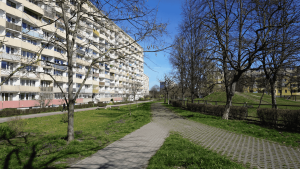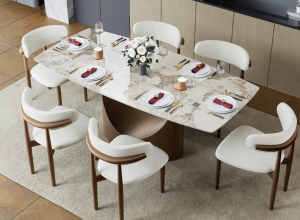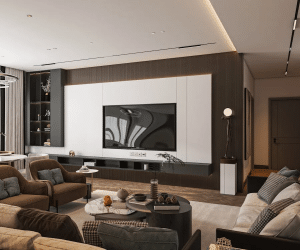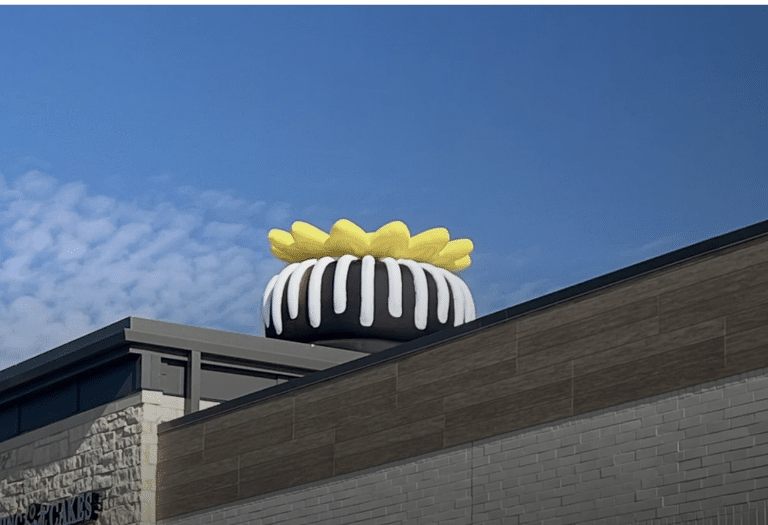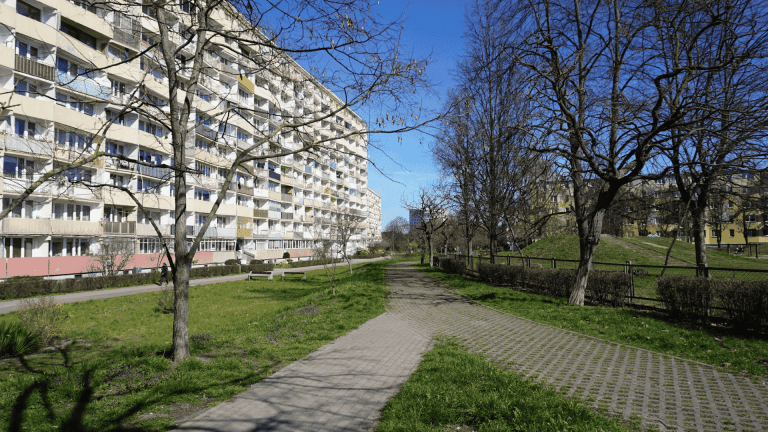When homeowners consider replacing their windows, they often wonder, “What’s the return on investment?” Online calculators offer quick answers, usually showing energy savings or yearly payback. For instance, a typical calculator might estimate that upgrading to new, energy-efficient windows could save a homeowner around $150 annually on heating and cooling costs. These numbers help, but they don’t tell the whole story.
The true value of new windows is more than what a calculator shows. Today’s most energy-efficient windows not only cut heat loss, but also make your home more comfortable, quieter, and healthier. They can even boost curb appeal and property value when you decide to sell.
In short, window upgrades offer more than just financial returns. They bring savings, a better lifestyle, and peace of mind that lasts for years.
What Online ROI Calculators Miss About Window Replacement Value
Online ROI tools for window upgrades usually focus on direct energy savings. They estimate your potential savings by comparing your current heating and cooling costs to new ENERGY STAR-rated windows. These calculators give a helpful starting point, but they often oversimplify the real situation.
In reality, energy costs can vary a lot depending on where you live, your home’s design, insulation, and even your family’s habits. Two similar houses might have very different savings based on thermostat use or window maintenance.
More importantly, most calculators miss the indirect benefits of new windows. Better comfort, quieter rooms, cleaner air, and higher resale value all add to your long-term return, even if they aren’t listed in a spreadsheet. The best way to judge ROI is to look at both the measurable savings and these lifestyle and property value benefits.
How Much Energy-Efficiency Do New Windows Bring
Energy-efficient windows help cut down on the biggest source of energy loss in most homes: heating and cooling. Natural Resources Canada says windows, doors, and skylights can account for up to 25% of a typical house’s total heat loss. Upgrading to high-performance, triple-pane windows with Low-E coatings and insulated frames can boost efficiency by 40 to 50 percent compared to older double-pane models.
These improvements lead to lower energy bills. Most homeowners save about 8 to 12 percent on heating and cooling costs after replacing old windows. The exact savings depend on local energy prices, insulation, and how you use your home.
Additionally, savings can vary by region, as weather conditions affect the energy required for heating and cooling. For instance, homes in colder climates might see greater heating savings, while those in hotter regions could benefit more from cooling efficiency.
Besides saving money, energy-efficient windows help keep indoor temperatures steady, reduce how often your furnace runs, and eliminate cold drafts. These are real improvements you’ll notice every day.
The Hidden ROI: Comfort, Noise, and Health
Lower utility bills are a clear benefit, but many homeowners value daily comfort even more. Modern windows are designed not only to save energy but also to make your home more comfortable year-round.
- Comfort: Energy-efficient windows reduce drafts and eliminate cold spots near the glass, keeping the room at a more even temperature. Keeping warmth steady also means your heating system doesn’t have to work as hard.
- Noise reduction: Triple-pane glass and insulated frames help block outside noise. In busy neighborhoods, this can cut noise by 30 to 40 percent, making it easier to rest and focus inside.
- Health: Well-insulated windows reduce condensation and humidity, helping prevent mold and the allergens that come with it. Cleaner air and balanced humidity make your home healthier.
These hidden benefits often add more value to your daily life than anything you’ll see on an energy bill.
The Aesthetic and Windows Resale Value Factor
People often overlook how much new windows can improve a home’s look. Besides saving energy, new windows instantly refresh your home inside and out. Clean lines, updated frames, and modern finishes boost curb appeal, which can help when it’s time to sell.
According to Remodeling Magazine’s Cost vs. Value Report, homeowners typically recover around 76% of their window replacement costs when selling their home. Energy-efficient upgrades also make listings more competitive: buyers are increasingly seeking modern, low-maintenance, and energy-efficient features that reduce long-term ownership costs.
Factors such as the style of windows chosen, the overall neighborhood appeal, and prevailing market trends can further influence how much of the investment is recouped. Modern window designs that blend well with the home’s architectural style can enhance property value, while homes in growing markets with high demand for energy-efficient improvements may yield higher returns.
A brighter, draft-free interior also makes a great first impression during showings. New windows show buyers the home is well cared for and comfortable. Whether you plan to sell soon or later, the look and resale value of new windows are important parts of your return on investment.
Maintenance and Durability Savings
ROI calculators often overlook the long-term maintenance costs. Older wood or aluminum windows may need regular painting, recaulking, or repairs due to rot or corrosion. These ongoing costs add up over time and can cancel out any savings from waiting to upgrade.
Most energy-efficient vinyl windows are designed to resist warping, peeling, and fading. They don’t need painting; they just need to be cleaned once in a while. Good seals and strong hardware also help prevent air leaks or breakdowns.
Over 20 years, these maintenance savings can really add up. Skipping regular repainting and small repairs can save you hundreds of dollars per window, plus your time and effort. Choosing durable, low-maintenance windows means better energy efficiency and lower upkeep costs.
Comfort Payback: The ROI You Feel
Some benefits of new windows can’t be measured in dollars, but you notice them every day. High-performance windows help keep your home comfortable and balanced year-round.
You won’t have to sit by a window and feel a draft in winter or too much heat in summer. Better insulation keeps temperatures steady, so you don’t have to keep changing the thermostat. This steady comfort helps you sleep better, focus more, and enjoy your home.
Quiet is another big part of comfort. Triple-pane glass and insulated frames reduce outside noise, turning busy streets into peaceful spaces. Less condensation also means drier, healthier air, especially in bedrooms and living rooms.
You might not see these improvements on a calculator, but they give you lasting, real value every day you live in your home.
The Right Way to Measure True Window Replacement ROI
To figure out the real return on window upgrades, you need to look beyond just one number. Lower utility bills are great, but true ROI also includes durability, comfort, and your home’s value over time.
A simple way to measure your return is to look at three main areas:
- Financial ROI: Lower heating and cooling costs, fewer repairs, and a strong resale return. Most people get back 75 to 80 percent of the project’s value when they sell.
- Performance ROI: Steady indoor temperatures, less noise, and less condensation to protect your home’s interior.
- Lifestyle ROI: A quieter, healthier, and more comfortable home that makes everyday life better.
Getting the best results depends on both the product and proper installation that suits your climate. Working with a trusted window company and a certified installer helps ensure your windows perform well for years to come.
To ensure you choose the right installer, consider these tips: check customer reviews and ratings, ask for references from previous clients, and verify certifications and affiliations with professional organizations.
A reputable installer should also be willing to provide a detailed estimate and explain the installation process thoroughly. Taking these steps will give you confidence that your window installation is in good hands.






